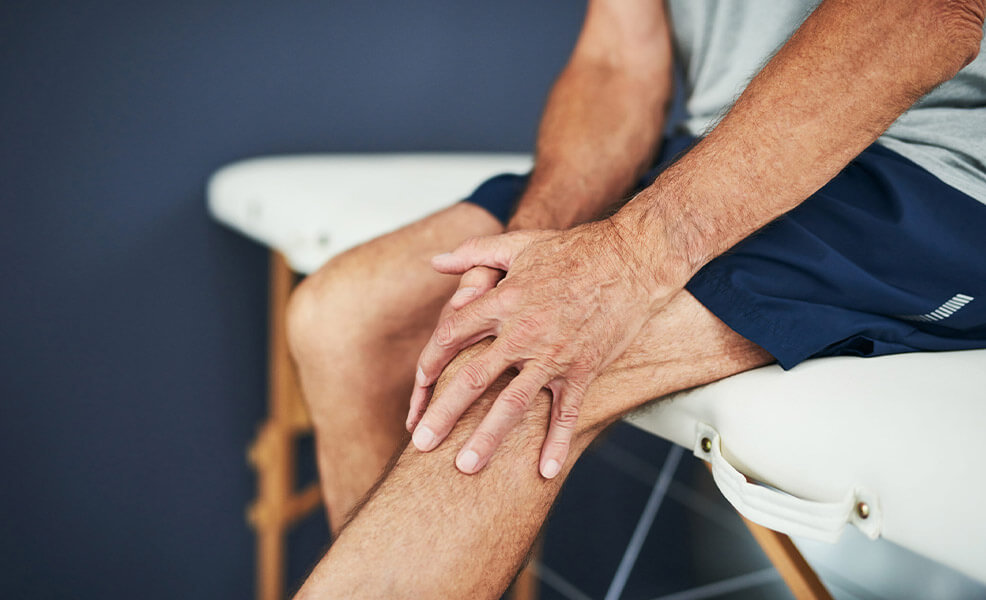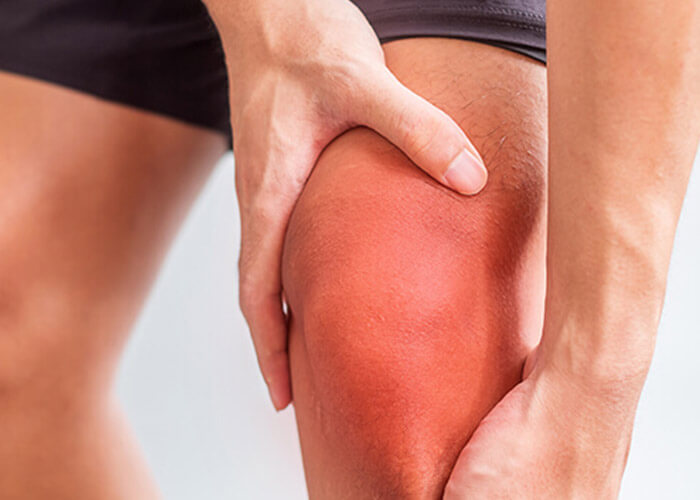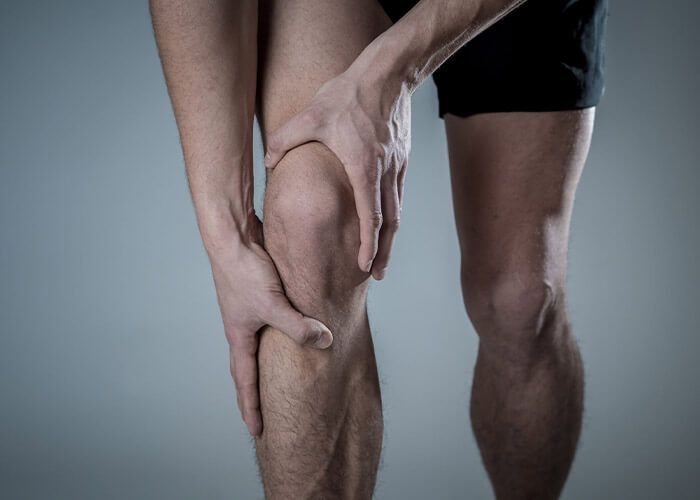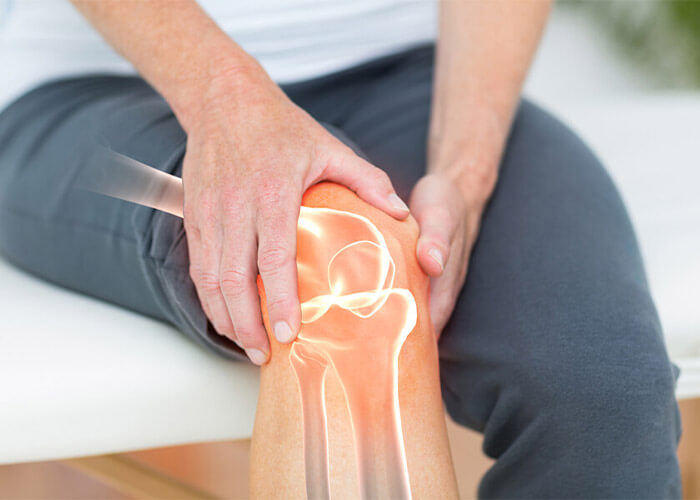
Osteoarthritis is a common ailment that usually affects the joints in the hands, knees, spine, and hips. Unfortunately, there is no cure for osteoarthritis, but treatments exist that can help you manage it. In this article, we’ll go over the common reasons that lead to knee osteoarthritis and some treatments that will help you lead an active and full life if you suffer from this condition. We will also look at what makes the knees more prone to osteoarthritis as compared to other joints. We highly recommend seeking immediate medical care if you suffer from any of the symptoms of knee osteoarthritis.
What is Osteoarthritis?
Osteoarthritis is a long-term condition that causes joint pain and reduced movement. As mentioned before, it can affect any joint in the body but mostly occurs in the knees, hips, fingers, and big toe. The symptoms of osteoarthritis include pain and stiffness, clicking noises, and reduced flexibility in the affected joint.
Osteoarthritis is a type of degenerative joint disease that results from the breakdown of joint cartilage and the underlying bone. Unfortunately, at this point in time, no permanent cure exists for osteoarthritis, and all treatments are aimed at pain management. Now that you understand what osteoarthritis is, let’s take a look at what causes it.
Causes Of Knee Osteoarthritis

Knee osteoarthritis can develop for a variety of reasons, the most common ones being:
- Heredity: The most dominant factor behind the development of osteoarthritis is your genetics. All other factors can merely intensify the ailment or cause an early onset. Many people don’t suffer from osteoarthritis despite doing everything that causes it, simply due to genetics.
- Age: As a person ages, the likelihood of him/her suffering from knee osteoarthritis increases. Usually, knee osteoarthritis develops around the age of 45 to 50.
- Gender: There is no conclusive research to prove that your gender will increase the likelihood of developing osteoarthritis. Having said that, women tend to be surfer from this condition more often than men.
- Athletics: Any physical activity that can cause prolonged or repetitive stress to your joints could lead to osteoarthritis as well.
Why is Osteoarthritis Common in Knee Joints?
Osteoarthritis can develop in any joint in your body. However, the knees are the most common joint where it develops. There are many reasons behind this phenomenon; here are a few common ones:
1. Most Weight Bearing Joint:
The knees carry most of the weight of our body. Consequently, knee joints become the most weight-bearing joints in our entire body as most of our body weight presses down on them. On top of that, when we walk around, there is repetitive movement in the knee joints while they already carry most of your body weight. This can lead to an increased likelihood of developing osteoarthritis in the knees as compared to other joints in the body, simply because they are under the most stress.
2. Prone To Injuries In The Past
Knees are more vulnerable to injury as compared to other joints in the body. If injuries do not heal properly or permanent damage occurs, joints become vulnerable to an early onset of Osteoarthritis. Other joints can develop osteoarthritis because of injuries as well. However, when knees are injured and are put under stress even by walking around (like we discussed in the last point), osteoarthritis is more likely to occur. Moreover, ligament damage, as well as cartilage and meniscus tears, can also add to the problem.
3. Patello-Femoral Syndrome
The Patello-Femoral syndrome is characterised by pain in the front of the knee, usually around the kneecap. Usually, people involved in repetitive physical activity like certain sports can develop it. Patella misalignment or weak hips, when combined with muscle imbalance, can lead to a person suffering from Patello-Femoral syndrome. Even small things like improper use of sports equipment, changes in playing surfaces, and wearing the wrong shoes can lead to Patello-Femoral syndrome as well. A person suffering from Patello-Femoral syndrome will have a higher likelihood of developing osteoarthritis.
4. Ageing & Degeneration
Generally, as our body ages, we become more prone to muscle and joint stiffness.As we grow older, the speed at which our body regenerates and creates new cells decreases. This decreased rate of regeneration can lead to degeneration of the Knee Cartilage, Meniscus and Synovial fluid.
Why is the Joint cartilage also involved? Because of the repeated stress on the cartilage, the regenerative capacity of the cartilage slows down. Our joints thins down due to wear and tear, and our knees are no exceptions to this. In fact, they are at a greater risk as they are under more stress as compared to any other joint. All this can also lead to the development of osteoarthritis in the knees.
5. Occupational
Certain occupations can cause an excess of stress on the knees. Usually, occupations involving a lot of squatting and lifting leads to more wear and tear in the joints, especially the knees. Moreover, increased pressure on the knees can also lead to Patello-Femoral syndrome if a person has weak hips, a misaligned patella, or weak knees, which also increases the risk of developing osteoarthritis. Usually, occupations such as carpentry, joinery, and courier work (if it involves carrying heavy items) put an individual at a greater risk to develop osteoarthritis.
6. Sports

Most sports involve an increased amount of pressure on the joints with our knees bearing most of this increase in pressure. Even working out adds more pressure on your knees, especially exercises such as squats when paired with weights. So, it’s important to manage the added stresses on your joints by using the proper equipment to minimise the risk of developing osteoarthritis. Similarly, sports that involve a lot of running and rapid changes in directions, such as football, can increase the chances of developing osteoarthritis in the knees.
How To Treat Osteoarthritis in Knee Joints
Unfortunately, no permanent cure exists for osteoarthritis right now. However, that doesn’t mean it cannot be managed effectively. There are treatments that can ensure that you live a full life despite having osteoarthritis. The effectiveness of the treatment for osteoarthritis depends on how early it’s diagnosed. Obviously, it’s much easier to manage the condition if you start the treatment at an early stage. Considering this, it’s better to consult a doctor as soon as you experience any of the symptoms of osteoarthritis. Some of the most common treatments for osteoarthritis include:
- Physical Therapy: Physical therapy can help alleviate the pain that comes with osteoarthritis. It can also help with reducing or eliminating any restrictions in movement. On top of all that, physical therapy will also deal with muscle shortening or contractures around the joint. This reduces joint stiffness and enables more free movement
- Cortisone: Cortisone injections are used with great effectiveness to treat osteoarthritis in joints.
- Hyaluronic Acid: There is often a reduction in synovial fluid within the joint when it is affected by osteoarthritis. As a result, there’s less lubrication in your joints, which causes pain due to the friction. Using hyaluronic acid injections can restore lubrication properties within the joint and reduce joint pain
- Prolotherapy: Prolotherapy injections cause inflammation in the area they’re injected into, which kickstarts the healing process and helps strengthen the connective tissue around joints.. Furthermore, it can also strengthen bones and ligaments around the joint area, which not only alleviates pain but also helps fight osteoarthritis.
- PRP: Platelet Rich Plasma (PRP) is a solution of concentrated platelets prepared from your own blood and injected into the affected area to stimulate growth and regenerate, repair, and replace damaged knee tissue. This non-invasive treatment option is highly effective for alleviating pain and managing osteoarthritis.

Final Thoughts:
We hope this article gives you a better understanding of what osteoarthritis is, why it’s common in knee joints, and how to treat it. It is important to remember that different treatments suit different people, and only a qualified doctor is competent enough to devise a proper treatment plan that caters to your medical history while managing osteoarthritis as effectively as possible. If you are living in the Greater Manchester area and facing the symptoms of osteoarthritis, book an appointment with our highly qualified Osteopath at MyMSK to get the best medical care.
We have our main clinic in Burnley where joint injections are also available for Knee Osteoarthritis.
Book in now (Via our Booking Page or call us at 0333 772 9655) for an assessment and treatment if you suspect you suffer from Knee Osteoarthritis.
